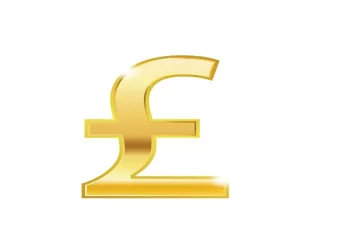The Japanese Yen (JPY) continued to face downward pressure against a recovering US Dollar (USD) during Wednesday’s trading session, driven by a global risk-on sentiment and easing demand for traditional safe-haven assets. Optimism over a potential de-escalation of the US-China tariff dispute, along with US President Donald Trump’s decision to ease concerns about Federal Reserve Chair Jerome Powell’s position, provided significant support for the USD.
Despite the bullish momentum for the USD, the JPY managed to stall its decline as growing expectations of an interim trade agreement between the US and Japan helped support the currency. Additionally, speculation that the Bank of Japan (BoJ) could continue raising interest rates in 2025 limited deeper losses for the Yen.
US Treasury Secretary Scott Bessent fueled market optimism by suggesting that the US-China tariff conflict was likely to de-escalate soon, a sentiment echoed by White House spokesperson Karoline Leavitt, who confirmed that the Trump administration was preparing for a deal. This spurred risk-on sentiment, pushing investors away from safe-haven assets like the JPY.
Further bolstering the USD’s recovery, Trump dismissed rumors of firing Powell, signaling stability at the Federal Reserve. The USD strengthened from a three-year low, although its upward momentum waned amid market expectations that the Fed may ease policy further. According to the CME Group’s FedWatch Tool, traders are anticipating a 25-basis point rate cut in June, with the potential for three rate cuts by the end of the year. This stark contrast to Japan’s expected interest rate hikes in 2025 helped limit JPY losses.
Market participants are also keeping a close eye on developments in US-Japan trade talks, with Japan’s Economic Revitalization Minister Ryosei Akazawa indicating that discussions could continue for several months. While the new US Ambassador to Japan expressed optimism for an agreement, the uncertain timeline has added caution to the market, tempering JPY’s decline.
Japan’s economic indicators also played a role in the Yen’s performance. The preliminary Purchasing Managers’ Index (PMI) for April showed a contraction in Japanese manufacturing activity for the tenth consecutive month, with the au Jibun Bank manufacturing PMI at 48.5. However, the services sector showed resilience, with the Services PMI rising to 52.2 in April.
Looking ahead, technical indicators suggest that the USD/JPY pair remains vulnerable while trading below key resistance levels. The 23.6% Fibonacci retracement level at 143.00 is proving a significant barrier, with the pair struggling to gain momentum above this point. A breakthrough above 143.00 could pave the way for further gains, while weakness below 141.45 could signal the continuation of the recent downtrend, with potential for a drop toward sub-140.00 levels.
Related Topics:

























